
Digital is faster and cheaper. But the advantages of virtual copies of physical things are not limited to mere cost reduction. This is because the digital twin allows a much better understanding of the data and thus allows, for example, a more accurate prediction in a production operation - time plays no role in the digital, the computer simulates thousands of working hours or changes the production conditions to play through different scenarios. The Virtual Twin also has other advantages:
The VRVis has many years of experience with digital twins and virtual models. Our aim is to turn pure data into understandable information and vivid images. Because: who sees, understands.
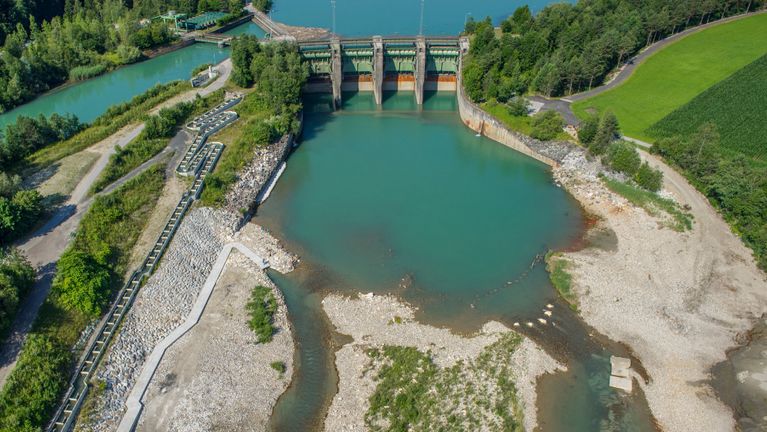
Renewable energies, such as hydropower, are an essential backbone for a climate-friendly future. To enable better real-time monitoring and thus maintenance of hydropower infrastructure, innovative digital hydropower twins are being developed in this project.
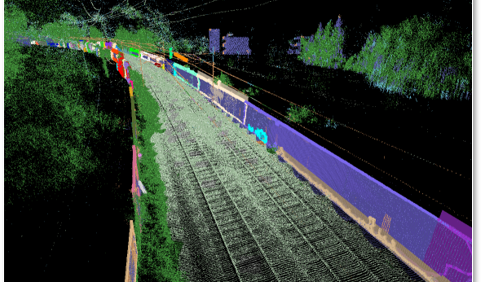
The Rail4Future project is focusing on the design of a digital rail system for the future. To this end, a novel and fully virtual validation platform for large-scale simulations of entire rail lines is being developed to increase the efficiency of existing rail infrastructure.

The research goal of AMASE is to create a suite of tools and methods to ingest, process, visualize, and manipulate heterogeneous, large-scale geospatial data. This data is the constantly updated representation of the real world in the form of an evolving digital twin.
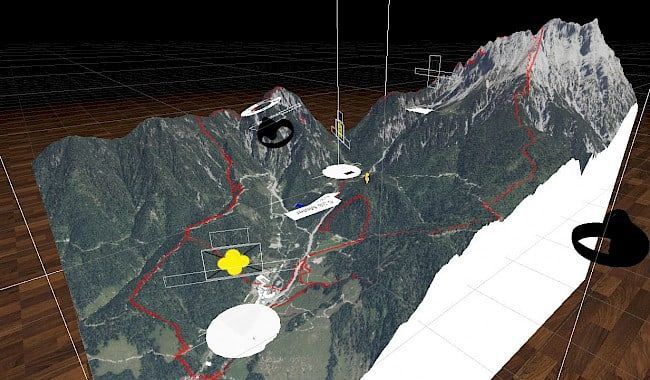
New technologies and security policy developments bring a paradigm shift for the Austrian armed forces. The use of information and communication measures entails both challenges and opportunities: for combat, security and rescue manoeuvres.
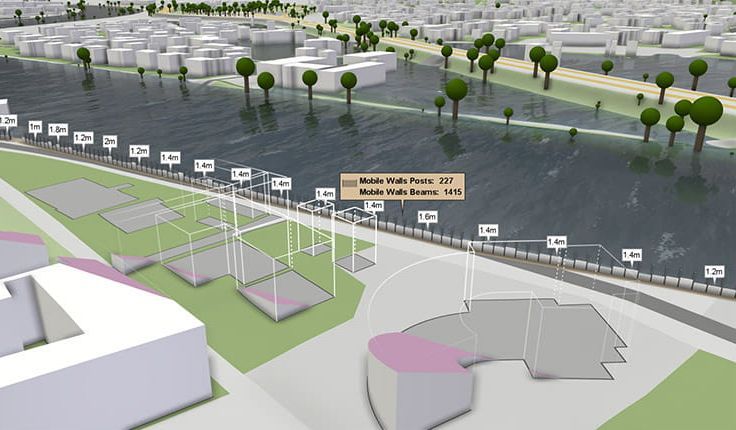
For many years we have been dealing with all aspects of hydrodynamic modelling. With our software viscloud we can model different scenarios and also offer this as a service.
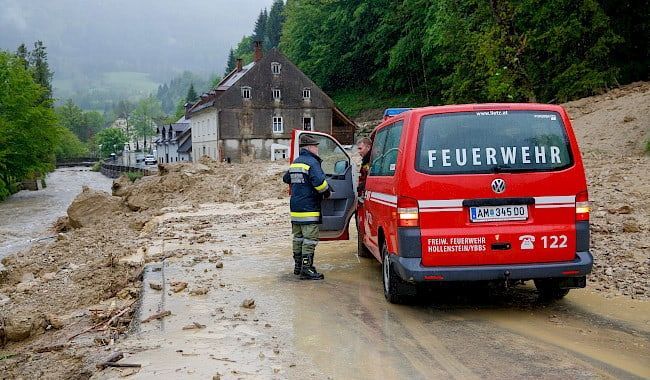
We create a digital twin of a community and simulate weather events to identify high-risk buildings and infrastructure vulnerabilities.
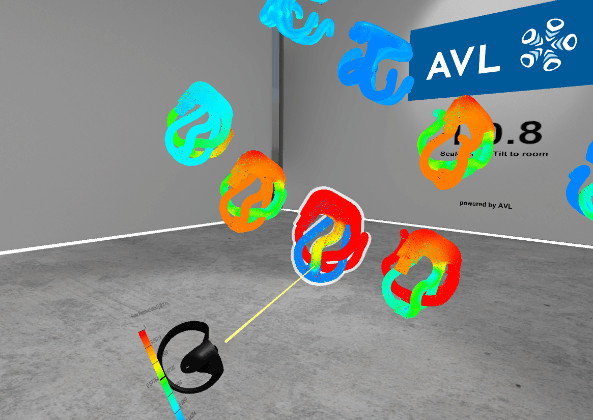
VR and AR provide new solutions for the automotive industry, especially in the prototyping phase: Perfect digital VR twins can be used to easily check how new designs or adaptations affect the prototype.
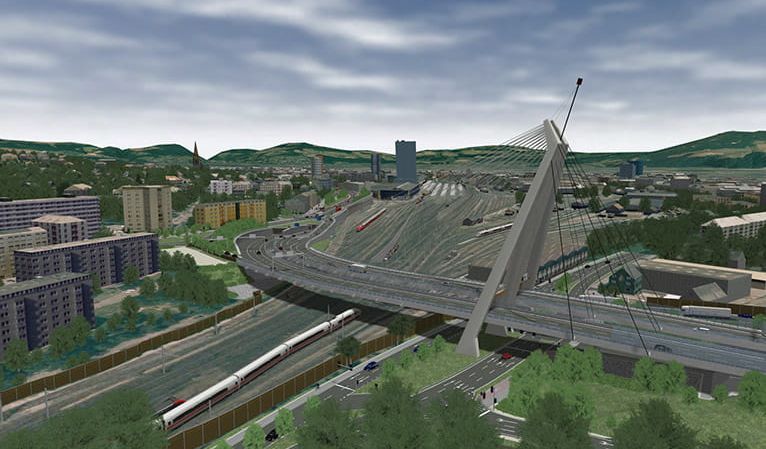
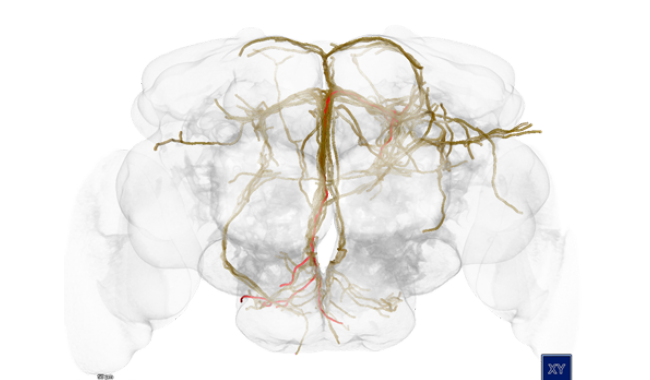
Understanding how the brain works is one of the biggest challenges addressed by neuroscientists today. Modern neuroscience research is extremely data-intensive and requires special software infrastructures to enable and accelerate the discovery of the complex interplay of genes, structure and function.
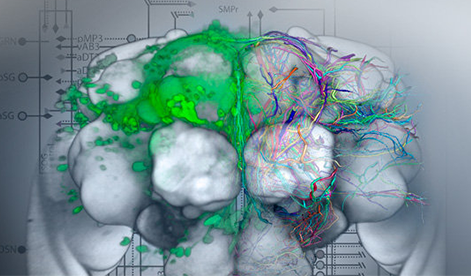
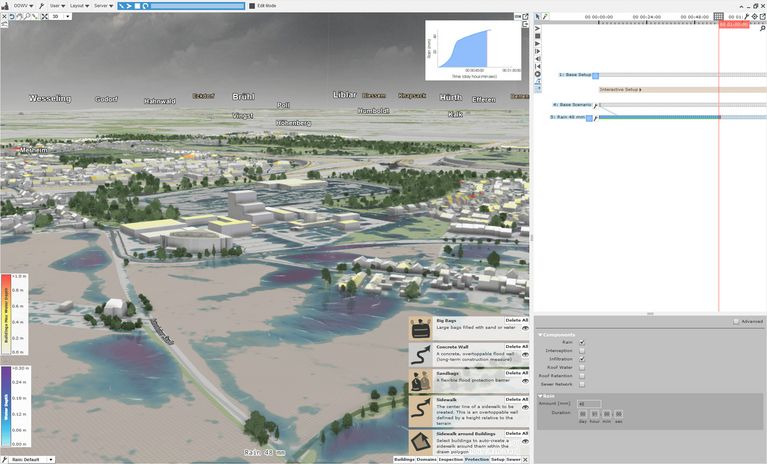
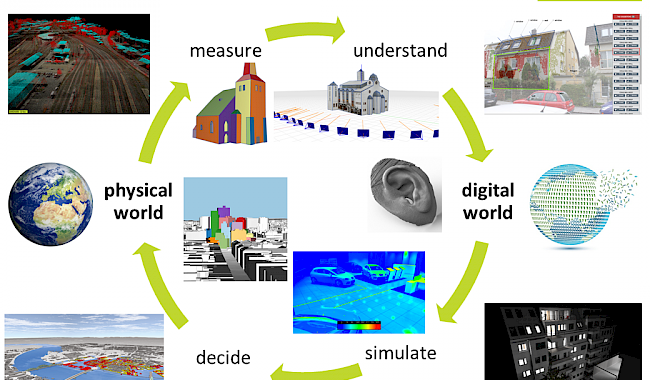
Digital representations of the real world and digital twins are becoming increasingly important for planning, situation assessment and decision-making.